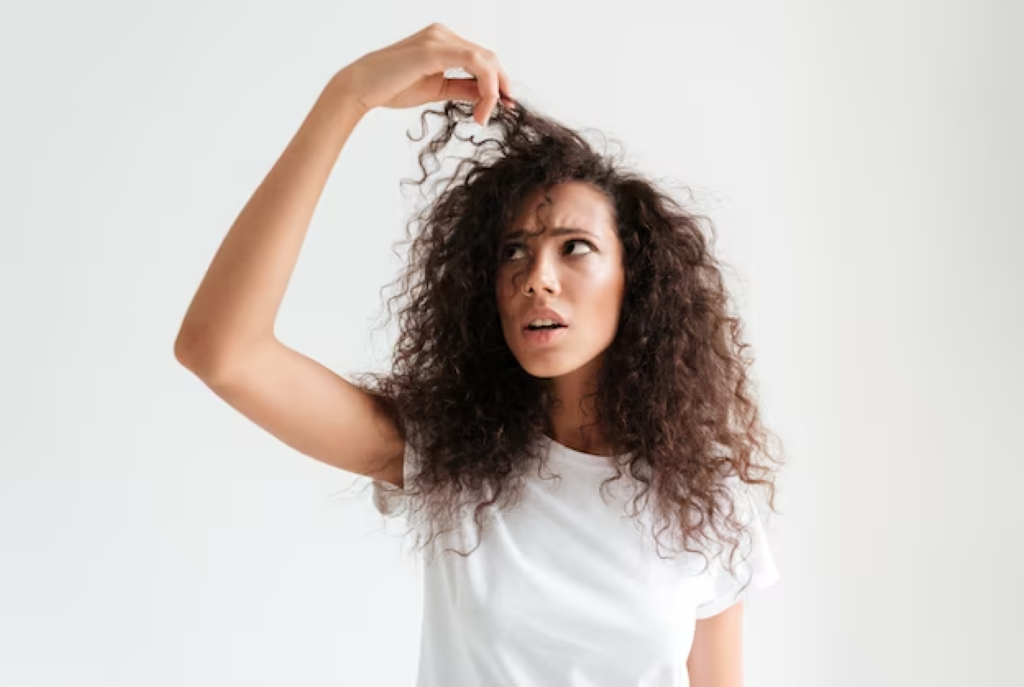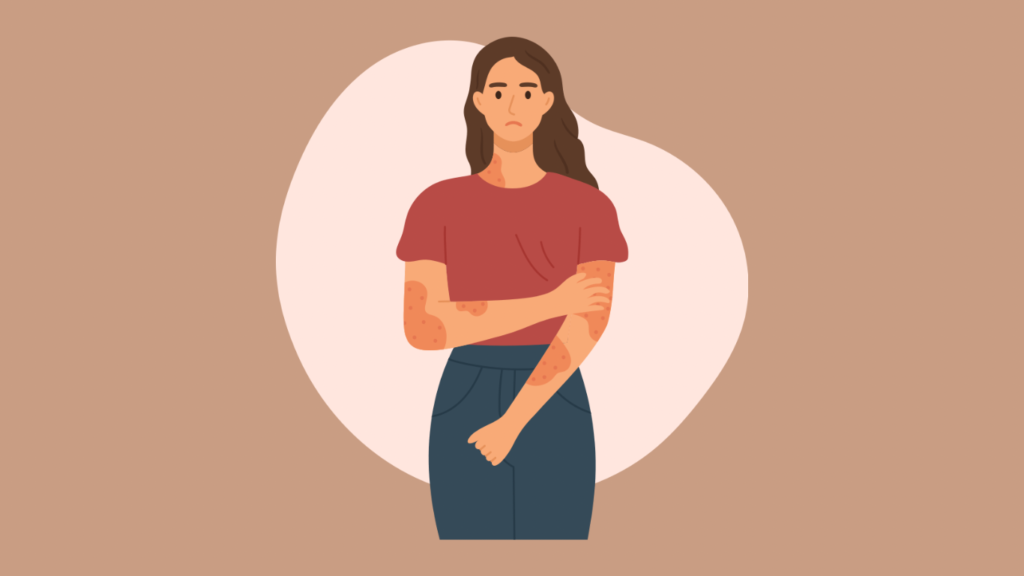Dandruff is a common scalp condition that affects millions of people worldwide. It is characterized by the shedding of skin cells from the scalp, resulting in visible white flakes and an itchy, uncomfortable sensation.
While dandruff is not a serious medical condition, it can be embarrassing and bothersome. In this article, we will explore the causes, symptoms, and effective strategies for managing dandruff, helping you achieve a healthy and flake-free scalp.
Understanding Dandruff:
Dandruff is often caused by an overgrowth of a fungus called Malassezia that naturally resides on the scalp. When this fungus proliferates, it can trigger an inflammatory response, leading to the increased shedding of skin cells.
Other factors that contribute to dandruff include dry scalp, excessive oil production, sensitivity to hair products, and certain skin conditions like seborrheic dermatitis.
Common Symptoms of Dandruff:
The primary symptom of dandruff is the presence of white or yellowish flakes on the scalp and hair. These flakes can be visible on clothing, causing self-consciousness and discomfort.
In addition to flaking, dandruff may also cause an itchy scalp, redness, and irritation. If left untreated, scratching the scalp excessively can lead to secondary skin infections.
Effective Strategies for Managing Dandruff:
- Regular and Gentle Shampooing: Regularly washing your hair can help control dandruff. Use an anti-dandruff shampoo containing ingredients like zinc pyrithione, ketoconazole, selenium sulfide, or salicylic acid. Gently massage the shampoo into your scalp, leaving it on for a few minutes before rinsing thoroughly.
- Avoid Overwashing: While regular cleansing is important, excessive washing can strip the scalp of its natural oils, leading to dryness and exacerbating dandruff. Find a balance by washing your hair every two to three days or as needed.
- Moisturize and Hydrate the Scalp: Dry scalp can worsen dandruff, so it’s crucial to keep your scalp hydrated. Use a moisturizing conditioner after shampooing, focusing on the lengths of your hair and avoiding the scalp.
Additionally, incorporating natural oils like tea tree oil, coconut oil, or olive oil into your haircare routine can provide nourishment to the scalp.
- Avoid Hair Products that Aggravate Dandruff: Some hair products, particularly those containing harsh chemicals or irritants, can worsen dandruff symptoms. Opt for gentle, fragrance-free, and hypoallergenic hair products. Avoid using excessive amounts of styling products like gels, mousses, and hairsprays, as they can build up on the scalp and contribute to dandruff.
- Practice Stress Management: Stress can exacerbate dandruff symptoms, so finding effective stress management techniques can be beneficial. Engage in activities like meditation, yoga, or hobbies that help you relax and unwind.
- Seek Professional Help if Needed: If home remedies and over-the-counter treatments do not alleviate your dandruff symptoms, it may be time to consult a dermatologist. They can assess your condition, provide a proper diagnosis, and recommend prescription-strength shampoos or other treatments.
Dandruff can be an annoying and persistent scalp condition, but with proper care and management, it can be controlled effectively.
By adopting a consistent hair care routine, using appropriate anti-dandruff products, and maintaining a healthy scalp environment, you can achieve a flake-free and comfortable scalp, boosting your confidence and overall well-being.



